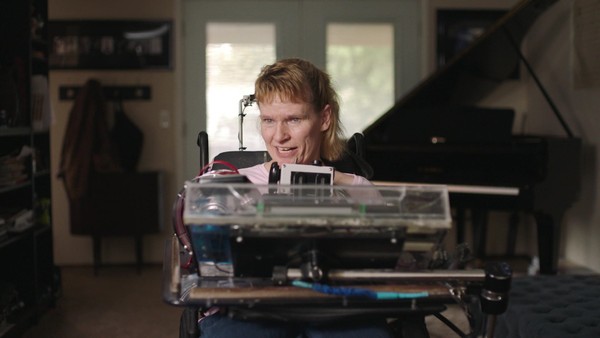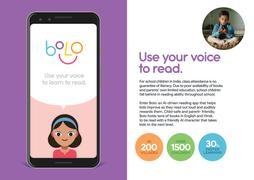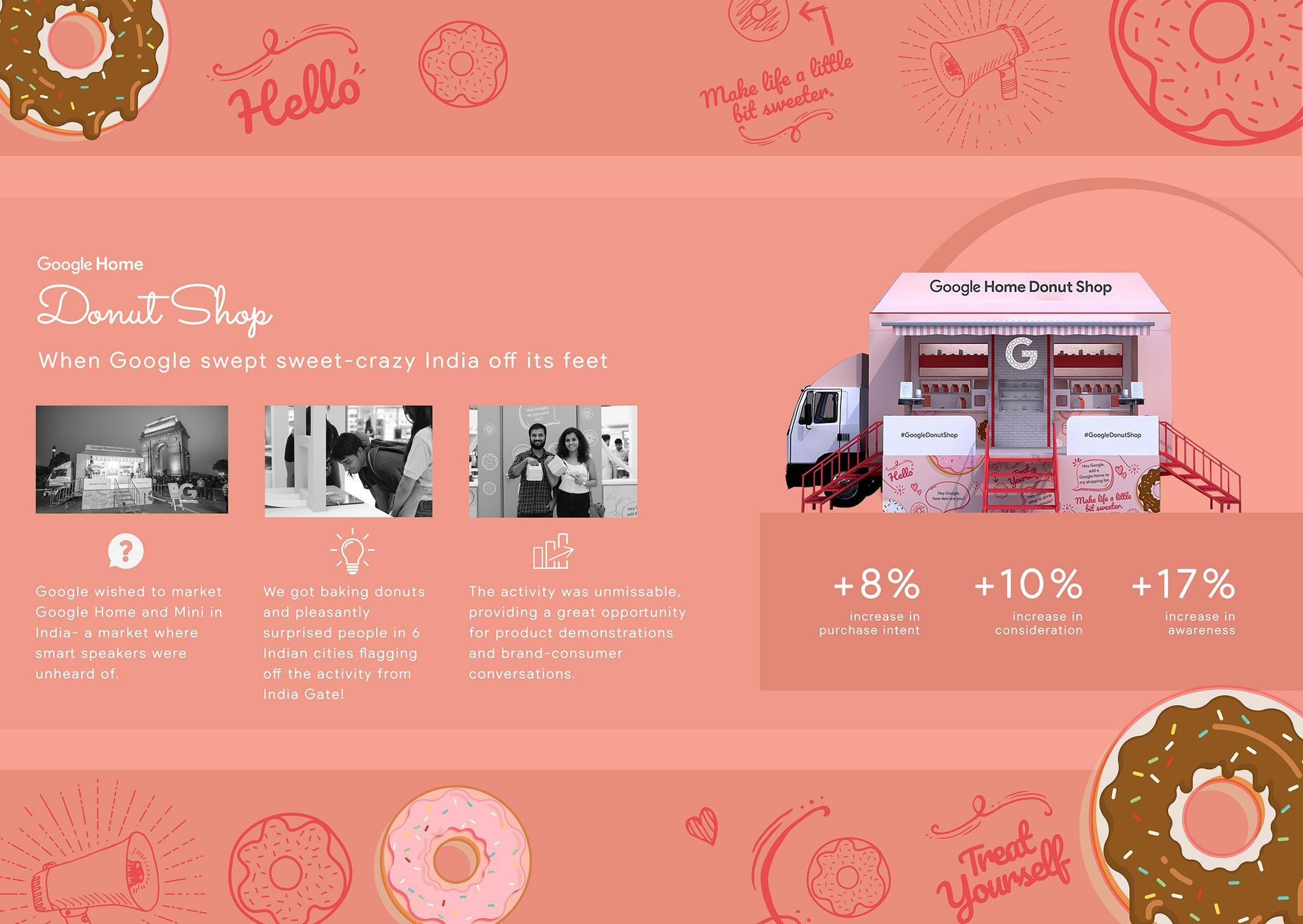Cannes Lions
Morse Code for GBoard
GOOGLE CREATIVE LAB, New York / GOOGLE / 2019

Overview
Entries
Credits
Overview
Background
We wanted to find a way to provide greater access to the digital world for non-verbal people. We found that there are people today who rely on Morse code to express themselves. We believed there was an even larger group of people who could find their voice through Morse but are unable to because Morse keyboards aren’t readily available and can be prohibitively expensive.
We don’t usually build these kinds of technologies because we build for many people, but as Tania Finlayson explains, this technology is the difference between a child relying on the 20 words on a word board, and a child who can communicate and express themselves freely. At Google, we knew it was important to build a Morse keyboard because we uniquely could reach mass scale, instantly. By putting the keyboard on the device’s people already have in their pockets, without having to seek customized solutions.
Idea
“Hello Morse” brings a 200-year-old binary alphabet to smartphone keyboards everywhere, providing greater access to the digital world for non-verbal people.
The product is a simple, two-button keyboard that allows users to input dots and dashes to type the alphabet and select helpful text predictions and suggestions. As a result, we’re making typing faster and smarter for people who can truly benefit from the shortcuts this technology enables.
We also wanted to make sure users could customize the keyboard to their unique needs. We decided we would work in tandem with Android Accessibility features like Switch Access and Point Scan. This would provide access to Gboard's AI driven predictions and suggestions, while also acting as an entry point to AI-powered products, like the Google Assistant. The result is an easy and immediate way to try Morse code as a means of assistive communication.
Strategy
To solve for these challenges, and continue unearthing insights, we realized that instead of falling back on the typical and often short-sighted approach of designing FOR the community, we should instead design WITH a member and expert within the community. As a result, the project was well received by the accessible tech community who appreciated the “design with” approach and championing.
We continued discovering insights, like the need for settings that allow users to customize the keyboard to their unique needs. We also discovered learning Morse code is a laborious barrier to entry. So, we designed a set of pictograms and a Morse trainer game to make the process easy, fun, and doable.
Morse code changed Tania's life. With the hope that the launch of Hello Morse would elicit similar life-changing moments, we decided that prioritizing individual use cases would ensure the greatest impact and most effective product.
Execution
In order to amplify the power of Morse Code, we collaborated with Tania to get immediate feedback and direction as to how to make the keyboard more useful to more people.
Tania emphasized the two main barriers to entry: 1) access to a Morse keyboard and 2) knowing Morse code. Making the keyboard accessible on any Android and iPhone, we could solve the first problem.
In order to address the second problem, we created a set of pictographs for the letters, and then built those into a typing trainer game. With the keyboard and a way to learn - we have the beginnings of an ecosystem, a platform that others could build off of.
Since launching, we’ve been excited to see our partner, Adaptive Design, run a game jam out of which five new games based on Morse code were created for children with disabilities.
Outcome
Gboard reaches as many as 2B+ Android phones in the world. Gboard for iOS can reach 700M+ iPhones globally.
As TechCrunch wrote in Google adds Morse code input to Gboard, “As with all accessibility features, the more input methods the better. Everything that makes technology more accessible is a good thing.” We reached our scale goals, which were to be easily and freely available on every Android and iPhone around the world, so anyone who wants to be able to try Morse code can.
We’re currently working with organizations in the accessible tech and disability spaces to share the new input method with the people they support and increasing the reach by building a platform to inspire the developer community to build for Morse: from small, fun games and new teaching tools, to fully fledged communication apps based on the ML-driven WaveNet starter code.
Similar Campaigns
12 items






